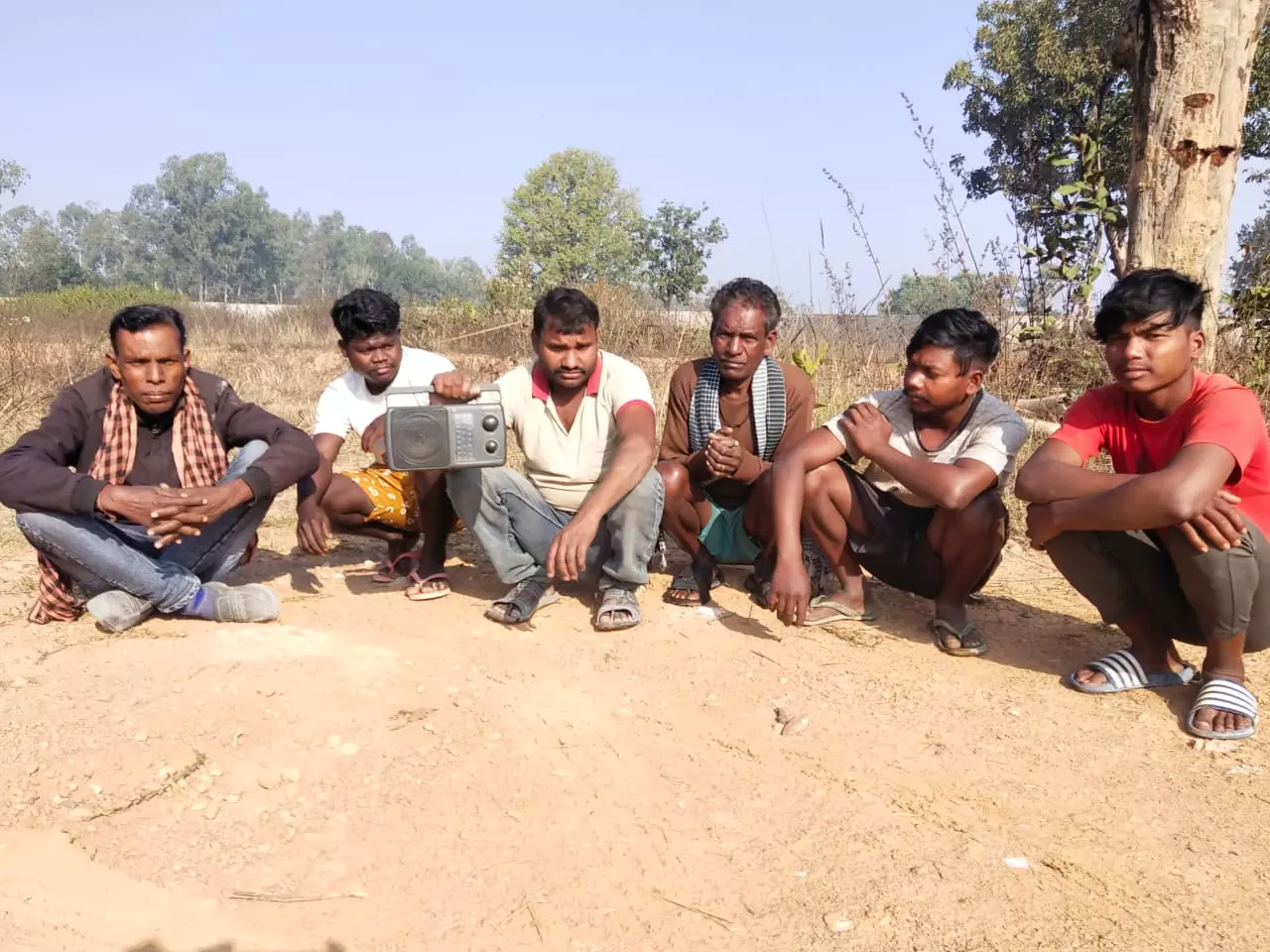Radio Bulletin Helps Chhattisgarh Villagers Avoid Elephant Conflict
Innovative program alerts locals to wild elephant movements, aids safety.

Raipur: A five-minute-bulletin on wild elephants, broadcast every afternoon by four Akashwani centres in Chhattisgarh, has turned out to be a key tool for the forest dwellers in Central Chhattisgarh to escape from the marauding pachyderms.
Aired simultaneously through four Akashwani centres, Ambikapur, Bilaspur, Raigarh and Raipur, the radio programme titled ‘Hamar Haathi, Hamar Goth (our elephants, our community) has virtually become a protective tool for the people, living close to the jungles in the region, against the marauding tuskers.
Sponsored by Chhattisgarh forest department, the short bulletin, first of its kind radio programme in the country, throws light on the locations of the elephant herds and their movements in the regions, thus sounding alert to the locals not to cross the paths of the wild animals.
“The bulletin is broadcast at five pm everyday ‘without fail’. This is the time when the forest dwellers and other villagers or government officials posted in remote areas set out for their homes from their work. The time also coincides with the movements of elephant herds, raising prospects of a human-pachyderm conflict”, Amalendu Mishra, the programme presenter, told this newspaper on Monday.
The forest dwellers learn about the movements of the wild elephants in their respective areas from the bulletin and change their routes to avoid attack from the wild elephants, he added.
The locals get access to the bulletin either through their transistor sets or FM radios in their cell phones. The bulletin is also accessed through a news App installed in Android phones.
In many cases, it is seen that the villagers record the bulletin and viral it in their WhatsApp groups to help their fellow villagers know about the movement of wild elephants in their areas, according to Mr Mishra.
The programme was launched in 2017 with the objective to alert the forest dwellers about movement of wild elephants in their areas, thus helping reduce human-elephant conflict.
“We make surveys from time to time to know about the outreach of our programme. The surveys have revealed that the programme listeners have grown from 4.5 lakh to 12 lakh in the last five year”, Mr Mishra said.
“In a way, the radio programme also works as crisis management in areas hit by elephant menace.”, chief conservator of forest (CCF), Surguja range in Chhattisgarh Naveed Shujauddin told this newspaper.
According to him, a nodal officer compiles data on locations and movements of elephant herds in the regions from the field staff twice a day and transfers the data to the Akashwani.
In his 109th edition of ‘Mann Ki Baat’ radio programme, Prime Minister Narendra Modi made a mention of the bulletin and suggested that the practice can also be followed in other states affected by elephant menace.

